Our Gear
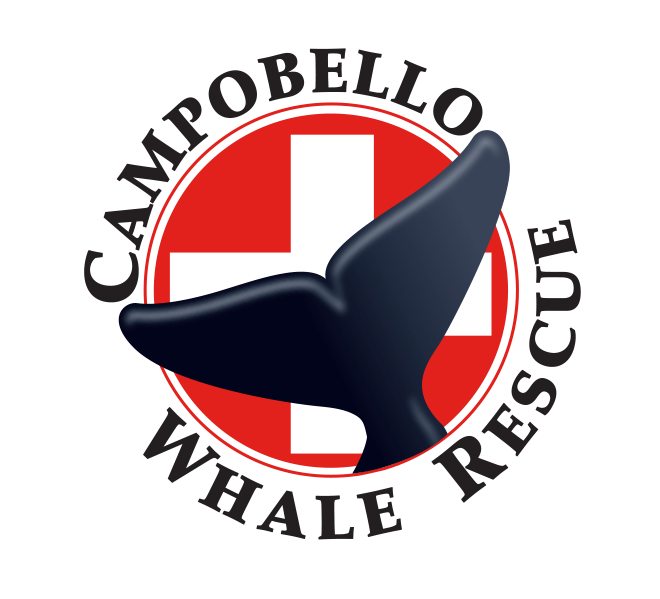 The Making of a Whale Rescue Team - our gear
The Making of a Whale Rescue Team - our gear
Approaching whales, especially those entangled in fishing gear, is dangerous and requires specialized skills and equipment. Only those licensed and permitted by Fisheries and Oceans Canada to conduct whale disentanglement and release operations may get close to a whale. It's the law! What follows is provided for information only, not as instruction.
Safety of our rescuers is paramount. So we ensure that they are properly equipped with the best available safety gear, including floatation suits, personal floatation devices (PFDs,) thermal protection, etc. Mustang Survival, a Canadian manufacturer of exceptional gear, is supporting CWI by providing equipment top keep us safe.
Each entanglement poses a unique challenge to the rescue team. They are never the same - different whale, different gear, different conditions - so the rescue team must rely on a variety of tools and techniques. The whale is moving, diving and surfacing and the boat is moving and so is the sea.
The ultimate goal is to remove the entanglement, usually rope, but sometimes also traps and other materials, from the whale so the whale can swim free. But indiscriminate cutting is rarely successful. Selecting the key ropes to cut, where to cut them, and in which order, is critical. Cutting in the wrong place can make an entanglement worse. So the first step is always assessment and development of a plan.
With the plan in place, the requisite tools are prepared; grappling hooks, poles, fixed or flying knives, floats, sea anchors, and more. As a surgeon might prepare for an operation, the gear is laid out in an orderly manner to ensure ready access and safe deployment.
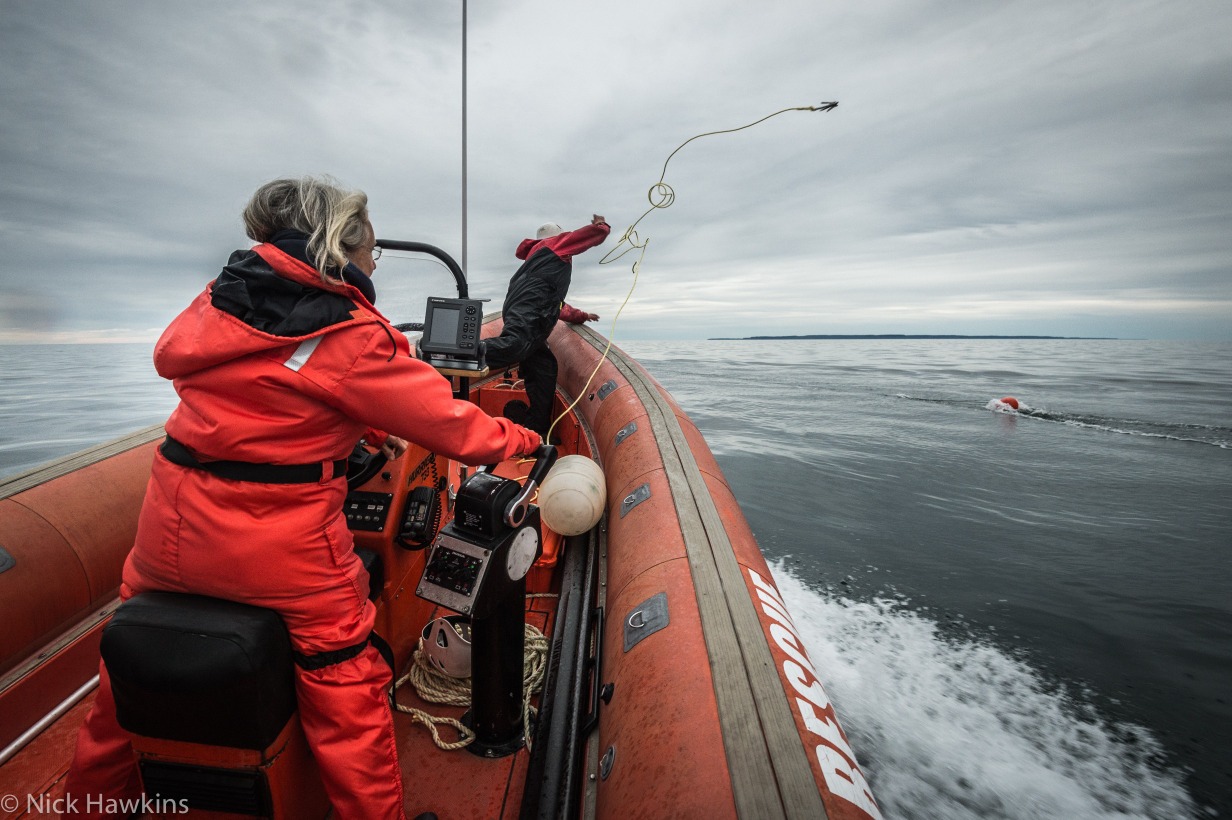
A grappling hook is thrown to attach a line to a whale in a first step to cutting the entanglement.
With a control line in place, the team begins the task of implementing the disentanglement plan.
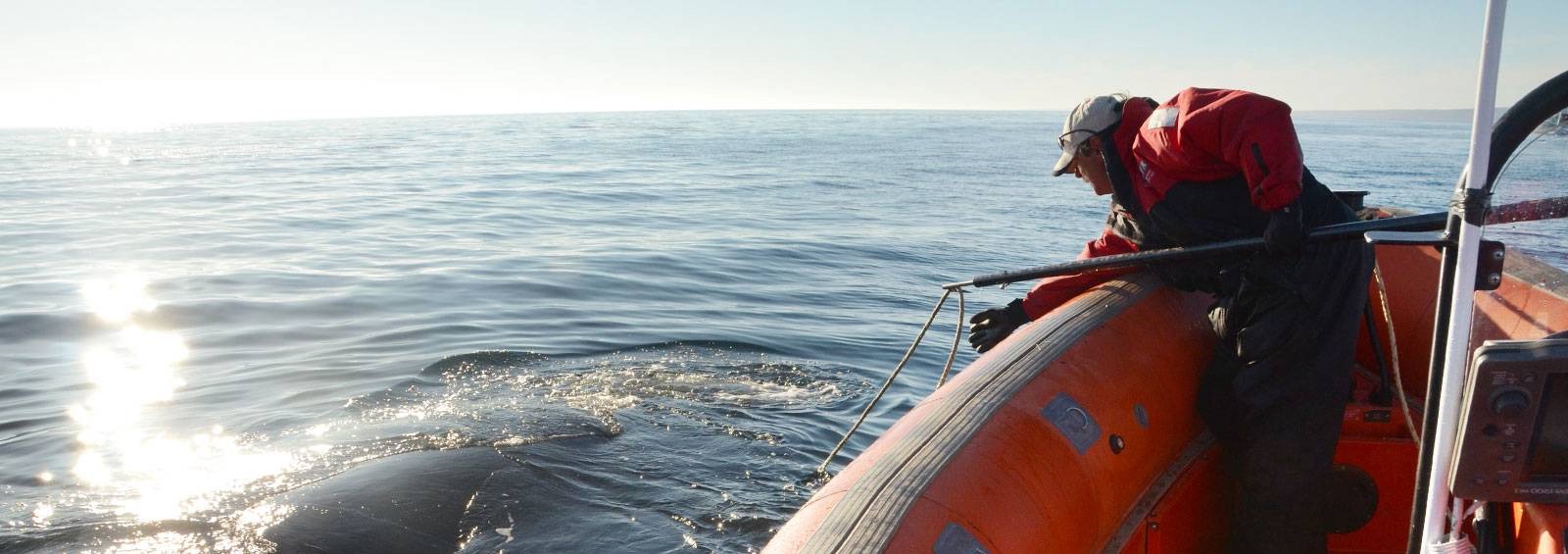
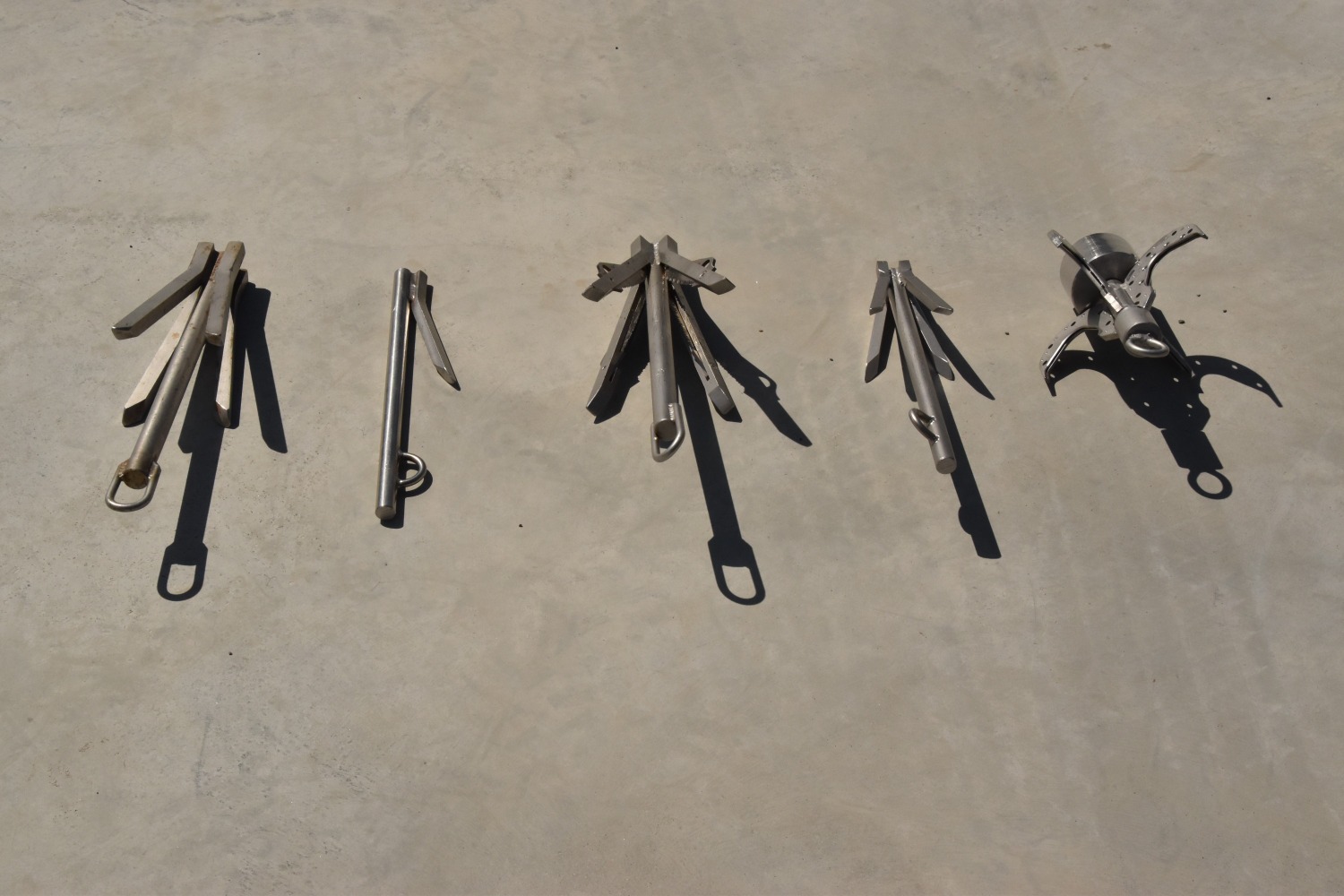
Grappling hooks of various designs are needed to attached to the entangled gear and, under certain circumstances, grappling hooks with cutting blades actually cut the lines.
Knives used to cut whales free take many shapes and sizes. Some are extended on poles (fixed) while others are designed to be pulled by lines (flying). The specific blade used depends on the size of the line to be cut, how it has entangled the whale and many other factors.
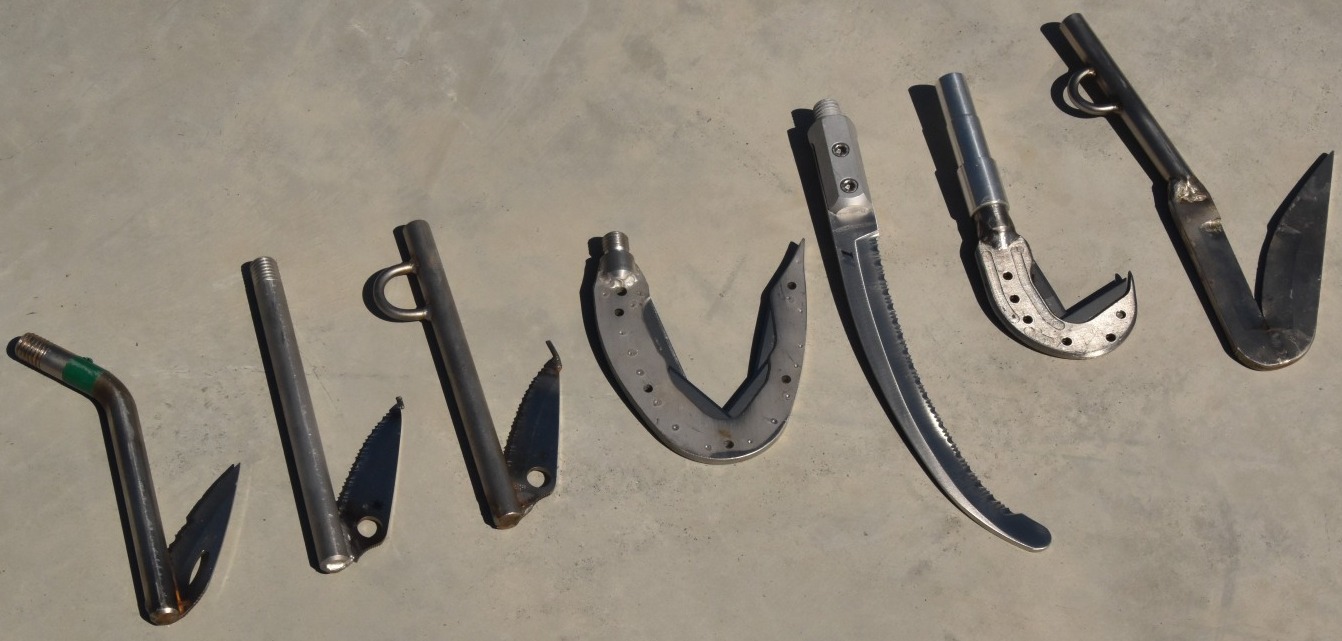
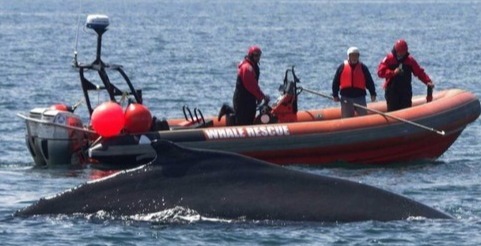
If the boat can get close enough to the whale, a pole mounted knife can be the instrument of choice. Otherwise, "flying" knives need to be employed. Imagine an orthodontist giving you a root canal while you're both riding bicycles. Now try to decide what tools you'd pick for the job. That gives you some idea of the complexities involved.
Disentanglement efforts can take days, especially if the weather doesn't cooperate. In order to keep track of the whale until the team can continue its work, we often attach a satellite monitored transmitter to the entangling gear.
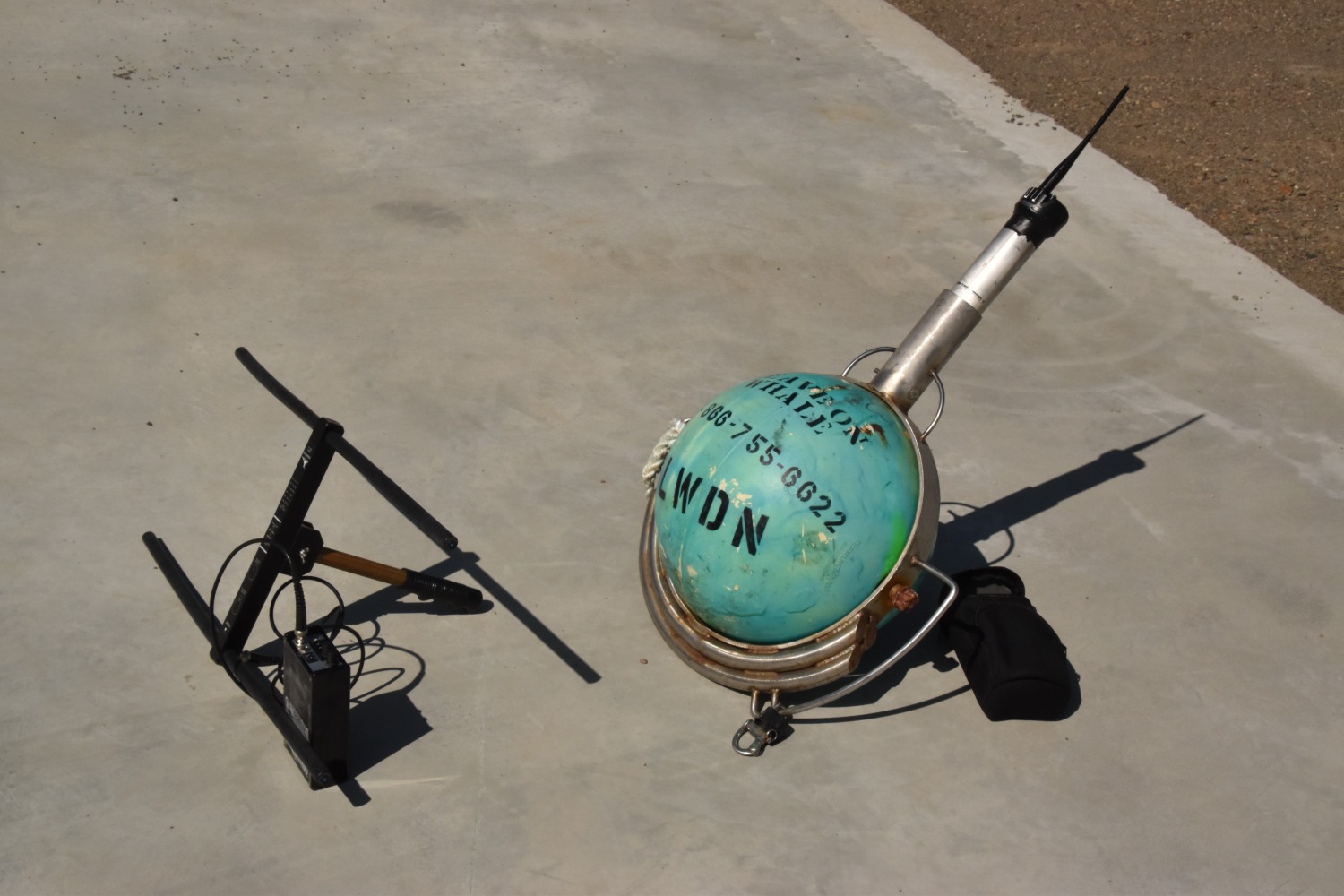
The knives, poles, blades, and grapples that we use have been designed by entanglement experts in the USA, Canada and Europe. CWI is currently developing some new tools, to improve effectiveness, in cooperation with a design engineer in Moncton, New Brunswick, with support from the Canadian Museum of Nature and the International Conservation Fund of Canada.
Gear needs to be replaced regularly. Fifty ton whales can put a lot of strain on the tools that we use. Each disentanglement can "cost" us knives, poles and hooks. But the end result is surely worth the investment. If you would like to help make sure that we have all the gear needed for a disentanglement, please consider donating to our Campobello Whale Rescue Team fund.